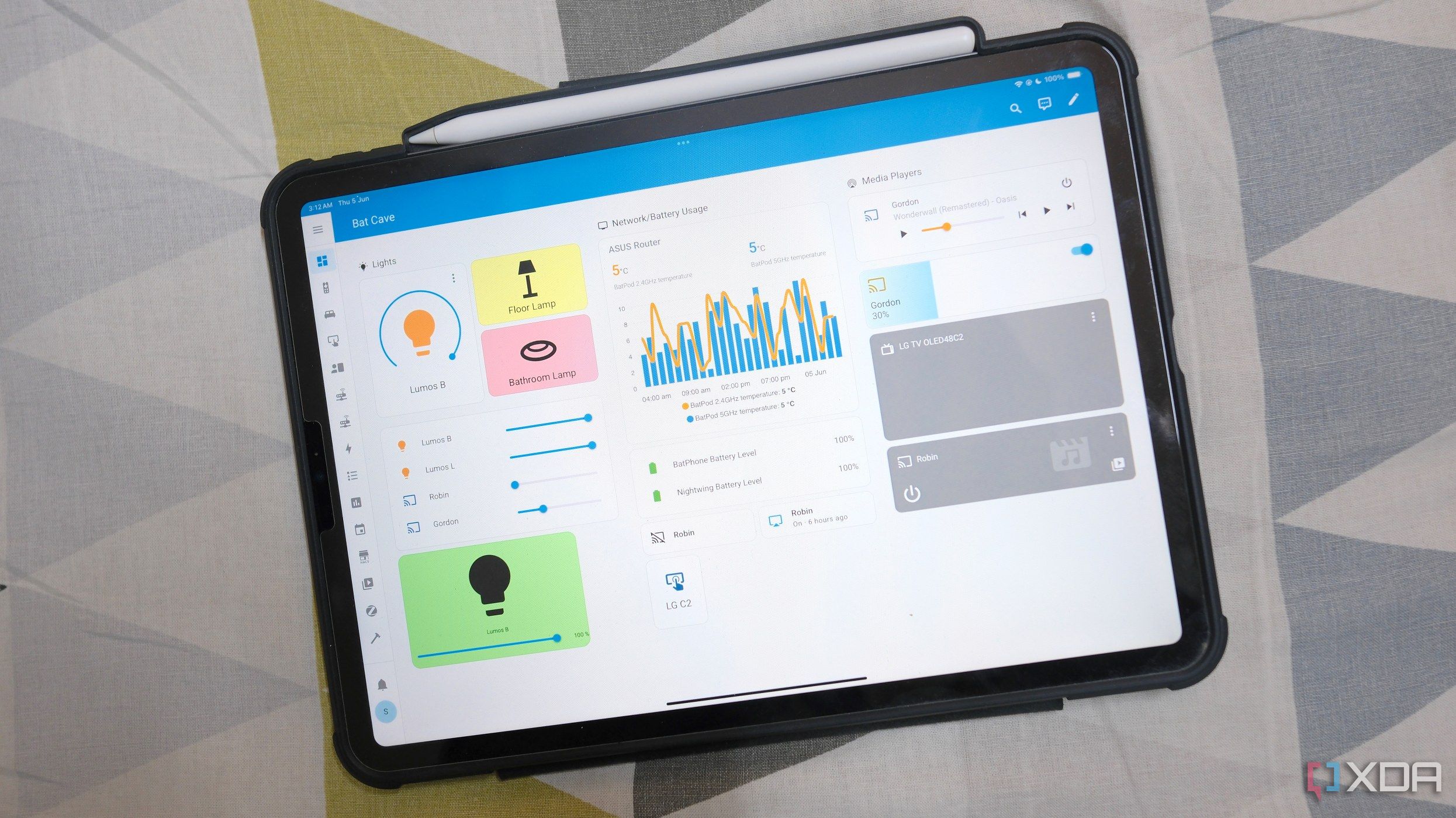As smart homes become increasingly common, their reliability is often called into question. Devices may flicker unexpectedly, plugs might cycle without warning, and cameras could contact unauthorized servers. These incidents can erode trust in smart technology. To address these concerns, a tech enthusiast created a dedicated headless Linux virtual machine (VM) using Proxmox to monitor smart devices for unusual behavior.
The fundamental idea behind this approach is to have one system solely for observation, separate from the devices being monitored. This headless VM does not manage automations or dashboards but focuses solely on logging device behavior and alerting the user to anomalies. This separation ensures that the collected data remains reliable and clean, allowing for accurate conclusions regarding device performance.
Monitoring for Anomalies
Determining what constitutes “bad behavior” in smart devices often involves subtle signs. For example, lights turning on unexpectedly or a plug cycling on and off can indicate underlying issues. A camera rebooting frequently might suggest connectivity problems or instability. Each of these small events contributes to a larger narrative about device functionality.
Early warnings often come from monitoring DNS lookups. When devices begin querying new or unfamiliar domains, it can indicate firmware changes or new data collection activities. Additionally, an unusual surge in lookups to time servers could signify frequent power interruptions. Tracking these DNS queries provides insights that typical app dashboards may overlook, allowing for timely intervention when “normal” behavior shifts.
Another critical metric is network volume. A sensor that usually transmits a few kilobytes should not suddenly start sending megabytes. Such spikes might indicate updates, sync errors, or retries with cloud services. Establishing a baseline enables users to identify deviations quickly. Recognizing expected behavior empowers users to question anomalies effectively.
State changes also reveal crucial information. For instance, a door sensor activating without a person present demands investigation. These actionable events illustrate when devices do not operate as intended, enabling users to address problems and enhance smart home control.
The Benefits of a Dedicated VM
Running monitoring software on the same system as the devices being observed can distort the data. If the main hub or monitoring software restarts, logs may be lost during critical moments. By utilizing a dedicated VM, monitoring continues uninterrupted, ensuring data flow remains intact regardless of other system events. This independence shifts analysis from guesswork to concrete evidence.
Performance consistency is another advantage of a dedicated VM. With a fixed amount of CPU and RAM allocated, other workloads do not interfere with monitoring. Additionally, logs are stored within the VM’s virtual disk, simplifying retention and maintenance. Using Proxmox snapshots allows for easy configuration adjustments and reverts without losing historical data.
Security also improves with this architecture. The VM operates solely with required monitoring tools and maintains minimal open ports and limited outbound access, reducing its vulnerability. If a device malfunctions on the network, it cannot compromise the monitoring system.
Tools for Effective Monitoring
Several open-source tools facilitate this monitoring process. Pi-hole tracks all DNS queries exiting the network, allowing users to see which domains devices interact with. Zeek analyzes network traffic metadata without incurring the costs of full packet capture. Together, these tools provide a comprehensive view of device activities, even when vendor applications do not report issues.
Data collection and visualization are managed by Prometheus and Grafana. Prometheus gathers data from various sources, while Grafana presents it visually, highlighting trends over time. This visual context allows the user to understand the events leading to unusual behavior rather than merely responding to isolated alerts.
For real-time device state monitoring, MQTT Explorer captures messages from devices without overwhelming the central automation system. Home Assistant connects as a read-only client, enabling users to correlate state changes without interference. Notifications are managed by Uptime Kuma, allowing alerts to be routed through various channels, including chat and email.
To reduce alert noise, Node-RED integrates data sources, listening for spikes in DNS activity or unusual messages before determining the necessity of alerts. This configuration ensures that users receive meaningful notifications without being inundated with irrelevant logs.
Evaluating Complexity and Privacy
While a dedicated monitoring VM offers numerous benefits, it may introduce unnecessary complexity for some users. Households with only a few locally communicating devices might not require such a detailed setup. Managing a virtual machine and its associated services demands time and effort that not everyone may wish to invest. For these users, simpler solutions like DNS logging or built-in home assistant history may suffice.
Privacy considerations also warrant attention, as centralized logs can provide a detailed account of network activity. Maintaining the security of this data requires stringent access controls and encrypted backups. Visibility is only valuable when users can trust that their information remains private.
For those looking for a less comprehensive approach, starting with just Pi-hole and MQTT logging can yield significant insights with reduced maintenance requirements. The goal is to achieve separation without overcomplication. Whether implemented on a VM or a lightweight single-board computer, having an independent observer fosters trust in the data that underpins smart home operations.
The headless VM approach has proven its worth, transforming random device quirks into understandable narratives with context and timelines. Users can spend less time troubleshooting and more time enhancing their smart home reliability. Once a robust monitoring system is in place, many wonder how they ever managed without it.
